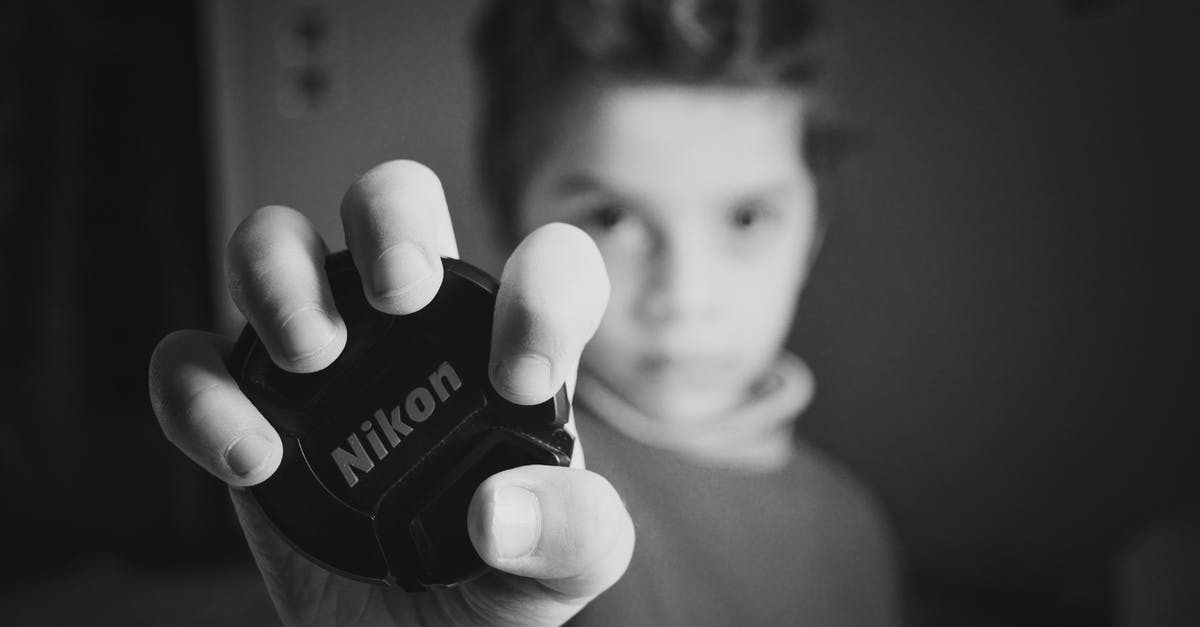What's with dark "shining" in old black and white TV?

I've been watching What's My Line on YouTube lately, and one very odd visual glitch keeps popping up. When the light hits Arlene Francis's jeweled pendant just right, you'd expect it to shine and sparkle, but instead it consistently appears to create a dark flash around the pendant.
This is a very down-to-earth game show, not anything special effects-driven, so it's not an effect that was edited in for some purpose. I have to wonder, then, what caused this odd effect that happened so many times throughout the show's run?
Here's one instance of it, at 11:40 in the video, to illustrate what it looks like:
Best Answer
This happened in many TV shows that were captured using a vacuum tube based analog electronic video camera. Scripted television was more often produced on traditional movie film, but lower budget productions, live broadcasts, news, sports, etc., were often made with electronic video cameras that recorded to magnetic tape - precursors of the color video cameras of the 70s - 90s.
The dark “halo” around a bright spot in the image is caused by limitations in these early electronic video cameras.
There’s no citation, but there is an explanation on Wikipedia:
The mysterious dark "orthicon halo" around bright objects in an image orthicon-captured image is based on the fact that the IO [the camera system; full name “image orthicon”] relies on the emission of photoelectrons, but very bright illumination can produce more of them locally than the device can successfully deal with. At a very bright point on a captured image, a great preponderance of electrons is ejected from the photosensitive plate. So many may be ejected that the corresponding point on the collection mesh can no longer soak them up, and thus they fall back to nearby spots on the target instead, much as water splashes in a ring when a rock is thrown into it. Since the resultant splashed electrons do not contain sufficient energy to eject further electrons where they land, they will instead neutralize any positive charge that has been built-up in that region. Since darker images produce less positive charge on the target, the excess electrons deposited by the splash will be read as a dark region by the scanning electron beam.[citation needed]
Here’s a less succinct but closer to first-hand source: http://www.electricalfun.com/ElectronCafe/Image_Orthicon_tube.aspx
Excerpt from the second source:
The dark halo effect is when the bias is not quite right in the IO tube or the light is too bright. Secondary electrons are knocked out of the glass target and rain down around the bright spot and contaminate the image charge on the glass. If the "shader," a person who sat there tweaking the camera continuously in real time like automatic circuits still do to this day, was really good at their job, you would not see the halo effect. Some directors liked to have just the tiniest amount of shading in the image as it gives the perception of a sharper picture. It isn't really, but tell that to your brain!
A highly technical expiation of the imaging tube that creates this effect is here:
Here’s an easier explanation of how the cameras worked:
Pictures about "What's with dark "shining" in old black and white TV?"



what. (Bo Burnham FULL SHOW HD)
Sources: Stack Exchange - This article follows the attribution requirements of Stack Exchange and is licensed under CC BY-SA 3.0.
Images: Jessica Lewis Creative, Jessica Lewis Creative, eberhard grossgasteiger, Mustafa ezz
